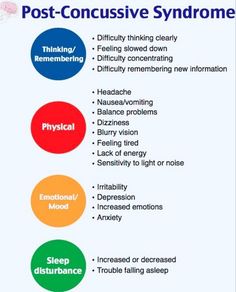EPILEPSY PATHOPHYSIOLOGY
EPILEPSY PATHOPHYSIOLOGY
Epilepsy is a neurological disorder characterized by recurrent, unprovoked seizures, which are sudden bursts of electrical activity in the brain. The pathophysiology of epilepsy involves various mechanisms at the cellular, molecular, and network levels in the brain.
1. Abnormal Neuronal Activity
- Hyperexcitability: Neurons in the brain become overly responsive to stimuli, leading to excessive firing. This hyperexcitability can result from alterations in ion channels (e.g., sodium, potassium, calcium) that control the flow of electrical currents across the neuronal membrane.
- Hypersynchrony: During a seizure, groups of neurons fire simultaneously, a state known as hypersynchrony. This synchronized activity is abnormal and can spread across the brain, leading to various types of seizures.
2. Genetic Factors
- Inherited Mutations: Certain forms of epilepsy are linked to genetic mutations that affect ion channels, neurotransmitter receptors, or other proteins critical for normal brain function. These mutations can lead to a lower seizure threshold and an increased likelihood of developing epilepsy.
- Genetic Syndromes: Some epilepsies are part of broader genetic syndromes, such as Dravet syndrome or Lennox-Gastaut syndrome, which involve multiple genetic abnormalities.
3. Structural Brain Abnormalities
- Cortical Dysplasia: Malformations in the development of the cerebral cortex can lead to areas of the brain with abnormal structure, which can serve as a focus for seizure activity.
- Tumors, Stroke, or Traumatic Brain Injury: These conditions can create structural lesions in the brain, leading to the development of epilepsy. Scar tissue, or gliosis, can form after brain injuries and may also become a source of seizures.
4. Neurotransmitter Imbalances
- Excitatory Neurotransmitters: An imbalance in neurotransmitters like glutamate, which is excitatory, can increase neuronal firing and promote seizures.
- Inhibitory Neurotransmitters: A deficiency in inhibitory neurotransmitters like gamma-aminobutyric acid (GABA) can reduce the brain’s ability to suppress abnormal electrical activity.
5. Synaptic Reorganization
- Mossy Fiber Sprouting: After an initial injury or prolonged seizures, there can be an abnormal growth of nerve fibers, particularly in the hippocampus. This process, known as mossy fiber sprouting, can create new, aberrant connections between neurons, which may contribute to the propagation of seizures.
6. Neuroinflammation
- Astrocytes and Microglia Activation: Inflammation in the brain, often mediated by activated glial cells like astrocytes and microglia, can contribute to the development of epilepsy. Inflammatory cytokines and other mediators can increase neuronal excitability and promote the formation of epileptic networks.
7. Epileptogenesis
- Process of Developing Epilepsy: Epileptogenesis refers to the gradual process by which a normal brain becomes epileptic. This process can be triggered by an initial insult, such as a head injury or infection, which sets off a cascade of events, including neuroinflammation, synaptic reorganization, and changes in gene expression, leading to the development of spontaneous recurrent seizures.
8. Network Dysfunction
- Altered Connectivity: Epilepsy can involve changes in the way different parts of the brain communicate with each other. Hyperconnectivity in certain networks and impaired connectivity in others can contribute to the generation and spread of seizures.
9. Epilepsy Syndromes
- Focal Epilepsy: In focal epilepsy, seizures originate from a specific area of the brain. This may be due to localized structural abnormalities or other localized pathological processes.
- Generalized Epilepsy: In generalized epilepsy, seizures arise from both hemispheres of the brain simultaneously, often due to more diffuse or widespread network abnormalities.
Understanding the pathophysiology of epilepsy is crucial for developing effective treatments, which may include medications, surgical interventions, or other therapeutic strategies aimed at reducing or preventing seizures.




.jpg)
.jpg)
















.jpg)
Comments
Post a Comment